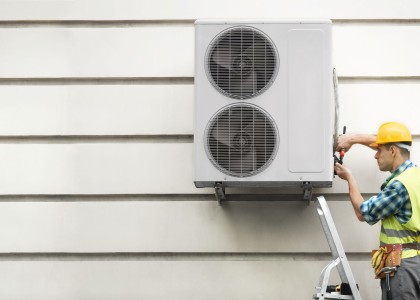UPDATE: This ACEEE paper was written to comment on a January, 2012 paper that Allcott and Greenstone published in the Journal of Economic Perspectives. Allcott and Greenstone have since revised their paper to respond to some of our criticisms. The new version of Allcot and Greenstone’s paper can be found at: http://papers.ssrn.com/sol3/papers.cfm?abstract_id=1987250. ACEEE has updated our paper to comment on this new version. Click here for the updated paper.
“Is There an Energy Efficiency Gap?” is the title of a recent article by Hunt Allcott and Michael Greenstone (2012) published in the Journal of Economic Perspectives. In this article, Allcott and Greenstone examine energy efficiency and specifically “whether there are investment inefficiencies that a policy would correct.” They conclude that “the available evidence from empirical analyses of weatherization, demand-side management programs, automobile and appliance markets, the “landlord–tenant” agency problem, and information elicitation suggests that while investment inefficiencies do appear in various settings, the actual magnitude of the Energy Efficiency Gap is small relative to the assessments from engineering analyses.”
In this paper, we review their evidence in each of these six areas and find that while the authors have some useful points to make, in general they selectively mine available data to make their points, ignoring other important findings in the various articles they cite. For example, in much of the research they cite, they emphasize results using the highest discount rates in an paper and do not even mention lower discount rate scenarios in the same paper. When the data are examined more broadly, many of their arguments do not stand up to scrutiny.
Allcott and Greenstone end with a policy discussion raising objections to the use of incentives and standards to address externalities in otherwise perfectly functioning markets, but perfect markets are not the environment in which energy efficiency policies are proposed and externalities are only one of the rationales for policy intervention. Alternative cases in the articles they cite and other analyses show that standards can be very cost-effective.


